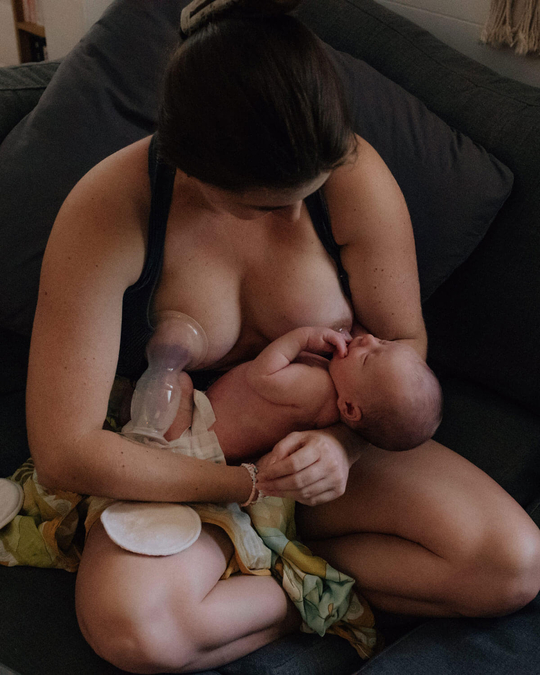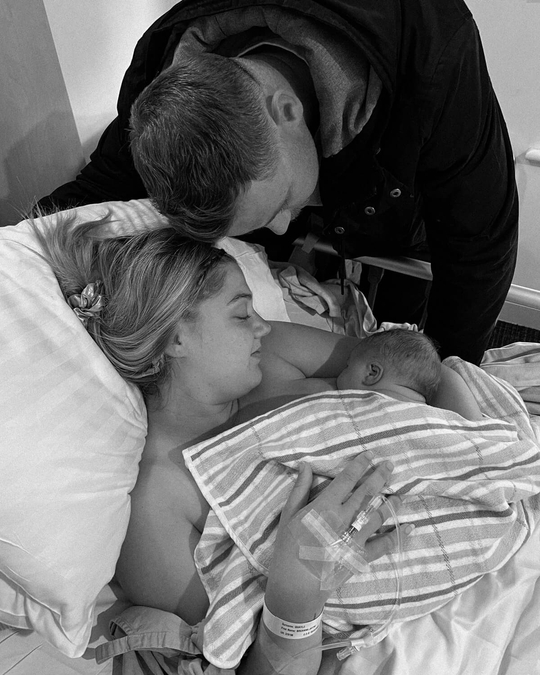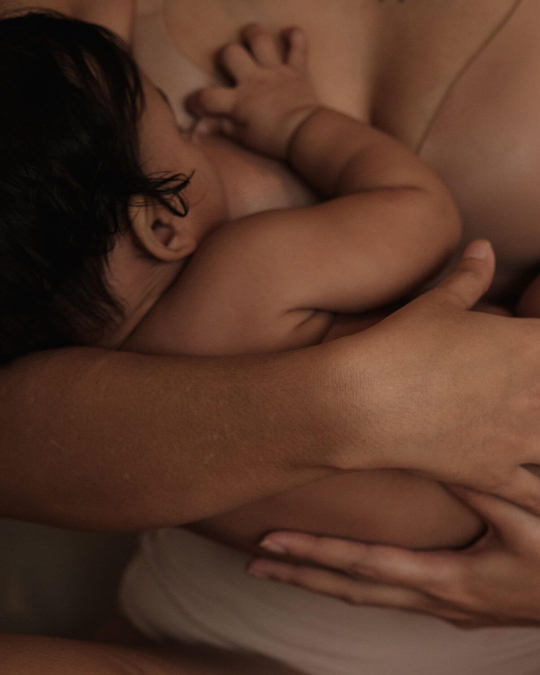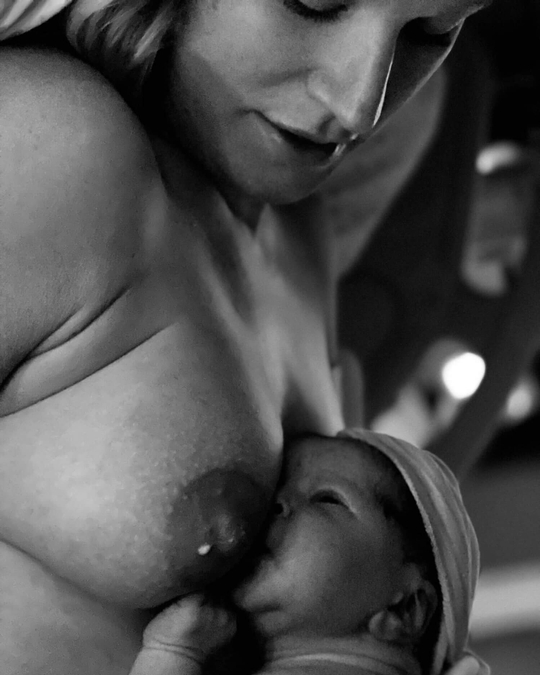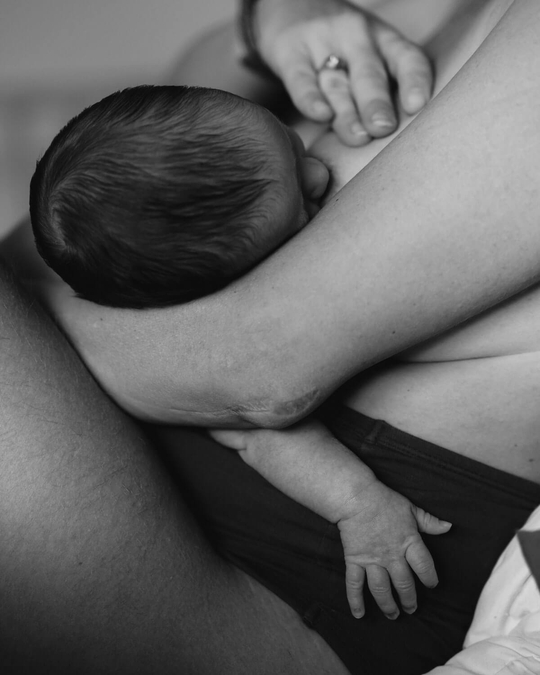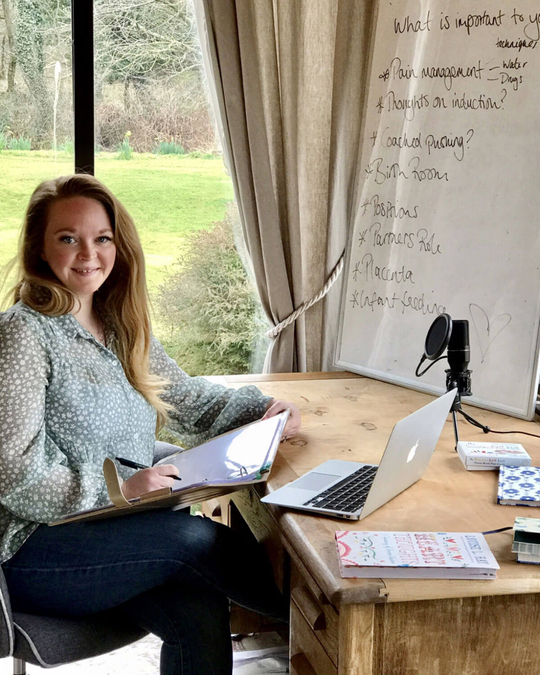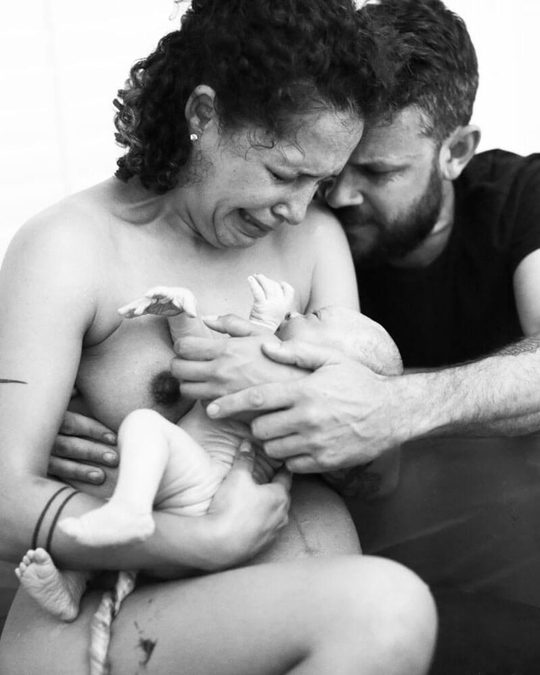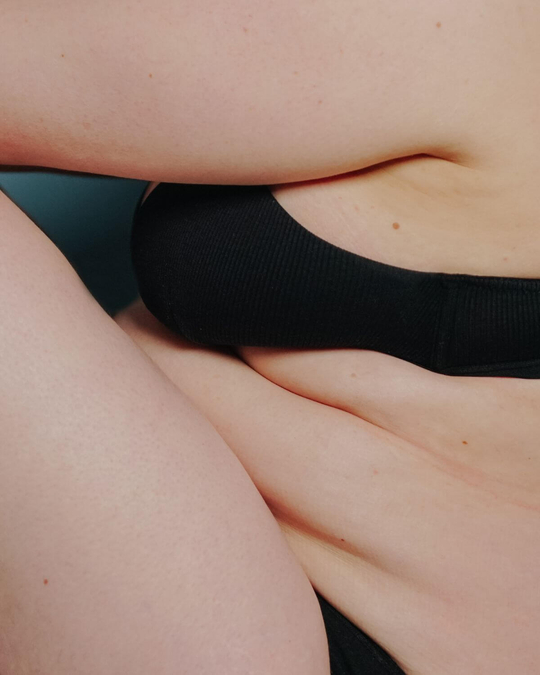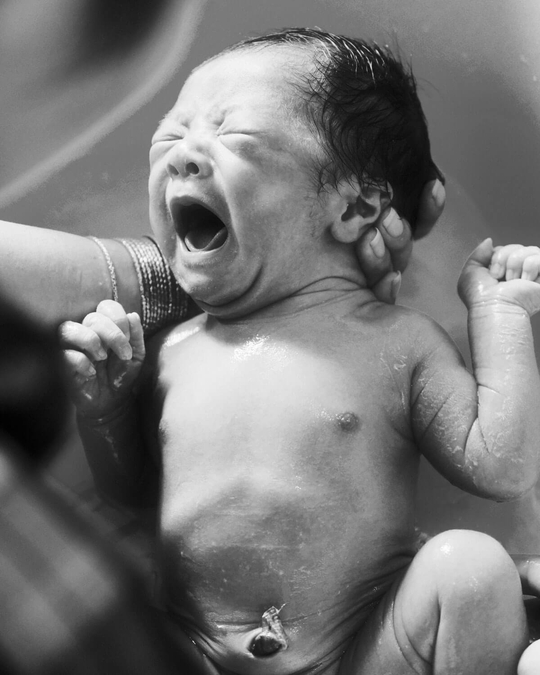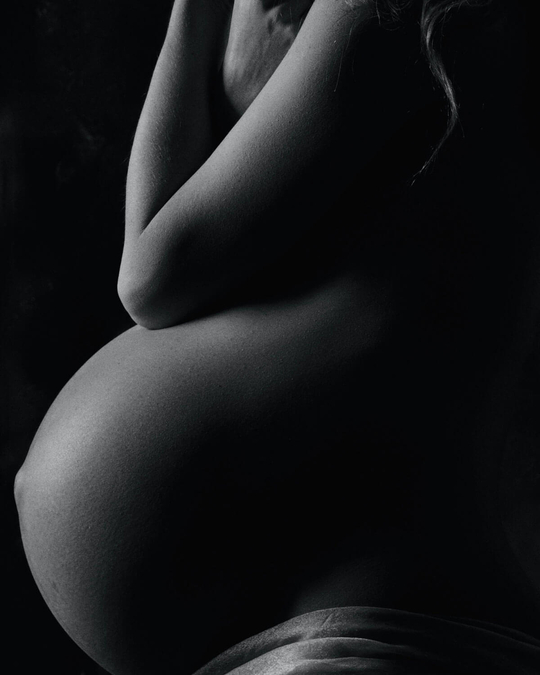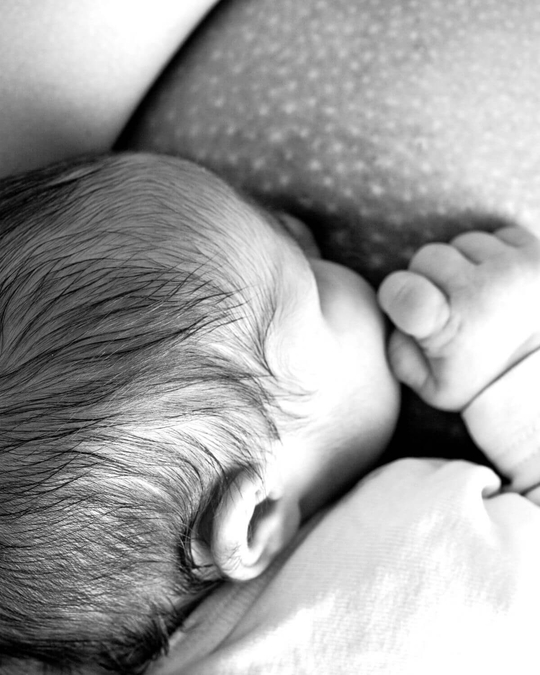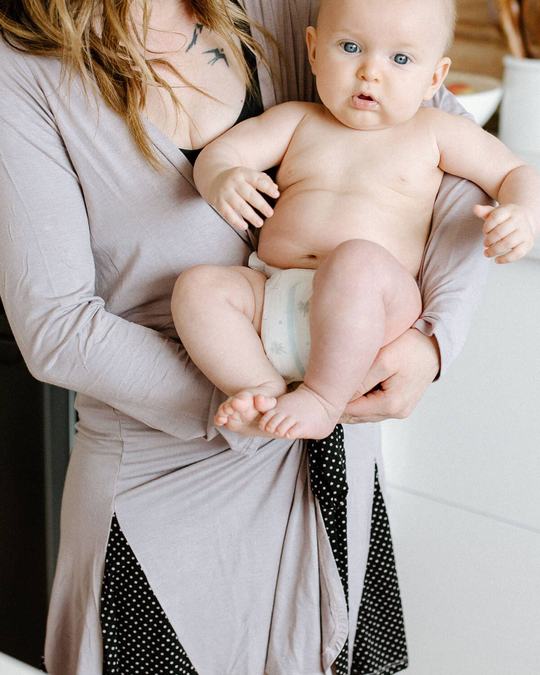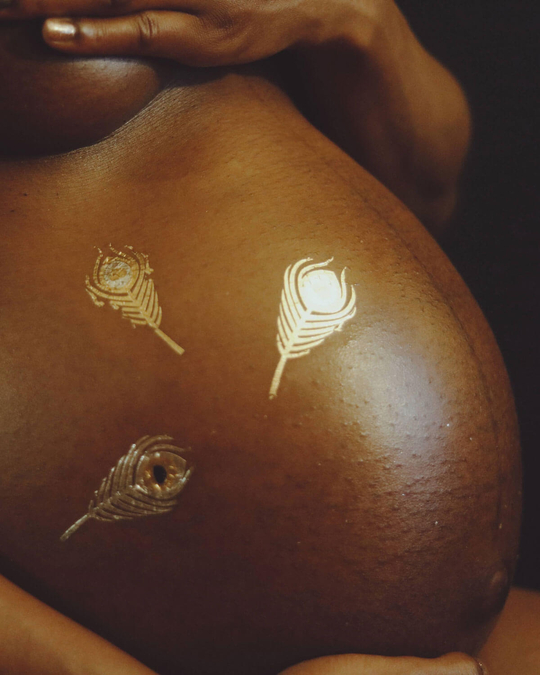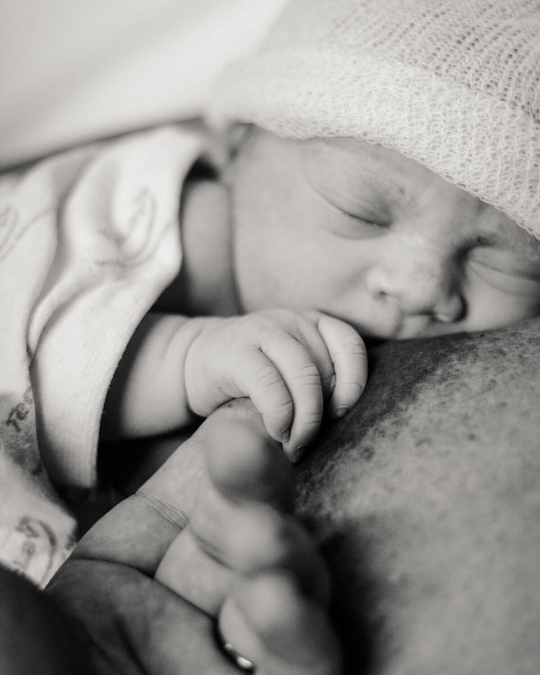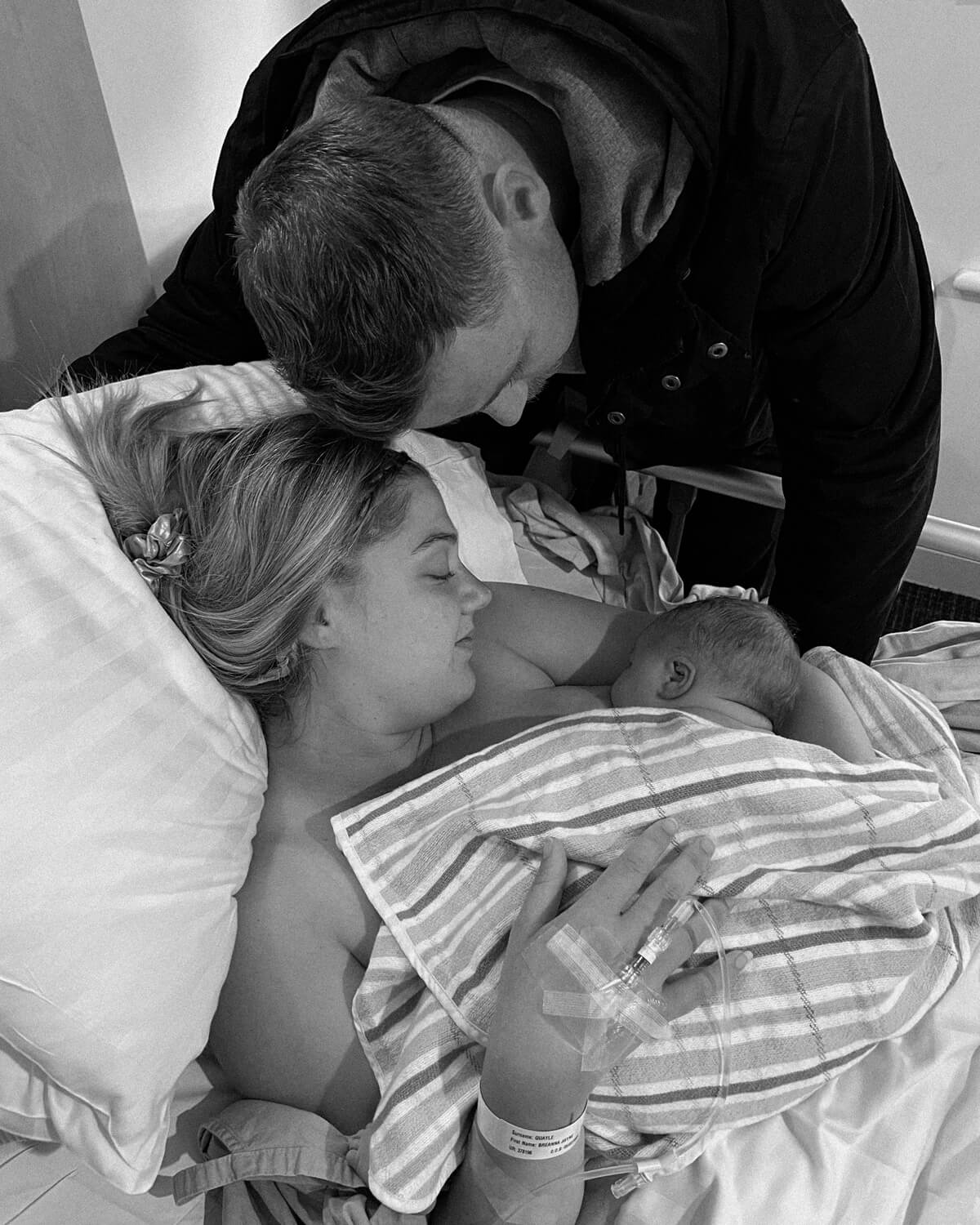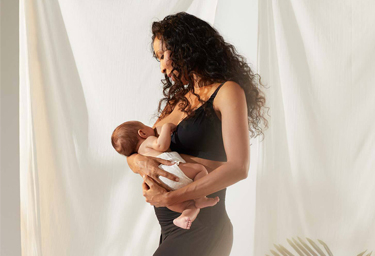Bringing a child into the world is an extraordinary journey, one that carries profound significance for both the birthing person and the child. In recent years, there has been a resurgence of interest in natural childbirth as parents seek to make this experience as gentle, empowering, and holistic as possible. In this guide we will delve into the benefits and risks, help you determine if it’s the right choice for you, offer insights on how to prepare, and provide valuable tips to support your natural birth experience.
What is Natural Childbirth?
Natural childbirth, also known as unmedicated or physiological birth, refers to the process of giving birth without the use of medical interventions like epidurals, synthetic oxytocin, instrumental deliveries or cesarean sections – unless they become medically necessary. Natural childbirth allows the body to follow its natural rhythm during labor and birth. This approach prioritises trust and surrender to the birthing body, creating a more holistic and instinctive birthing experience.
Benefits of Natural Birth
1. Empowerment: Natural childbirth can be a profoundly empowering experience. It allows individuals to connect with their bodies and the birthing process on a deeply primal level, fostering a sense of confidence and accomplishment.
2. Physical and Emotional Well-being: Avoiding medical interventions can reduce the risks of side effects and complications associated with interventions such as epidurals. It also promotes a smoother recovery and a lower likelihood of postpartum depression.
3. Bonding: A natural birth often provides more opportunities for immediate skin-to-skin contact between the birthing person and their newborn, promoting early bonding and breastfeeding. An uninterrupted birthing process allows optimal levels of the bonding and love hormone, Oxytocin, to flow.
4. Freedom of Movement: Without the constraints of medical equipment and a bed centric birthing room, individuals can move around, find comfortable positions, and use gravity to aid in the birth process. Water, swiss balls, birth slings and dancing are all wonderful ways to incorporate movement during labour and birth.
5. Less Medical Intervention: Lower rates of medical interventions often mean fewer complications and a smoother birth experience overall. Interventions during the labour and birthing process can create a cascade effect, often overing preferences in this birthing plan – this can increase the risk of trauma experienced by the birthing person.

Challenges of Natural Birth
While natural childbirth has numerous benefits, it’s essential to considering the following to be fully prepared:
1. Pain Management: Natural childbirth can be more physically demanding and painful compared to births with pain relief options like epidurals. However, pain is viewed as purposeful with the lens of natural birth.
2. Unpredictability: The birthing process can be unpredictable, and complications may arise that necessitate medical interventions. Arguably this is a possibility with all styles of birthing.
3. Limited Pain Relief Options: Natural childbirth does not offer the immediate pain relief options that medical interventions provide. Pain relief options for natural birth are more tools to help with coping with the sensations i.e. TENs machine, essential oils, mood lighting, water, sterile water injections, acupressure, massage, touch, affirmations, and support people.
4. Personal Preference: It may not be the right choice for everyone. Factors such as medical history, personal pain tolerance, and birth plan preferences should be considered.
Is Natural Birth Right for You?
Determining if natural childbirth is the right choice for you is a deeply personal decision. Consider these factors:
1. Your Birth Philosophy: Reflect on your birth philosophy and the experience you hope to have. Natural childbirth aligns with those who desire a more hands-off, holistic approach. You also need to consider your birth imprint, your deepest beliefs around birth that are conditioned by the society you grew up in. This will also be true to anyone supporting the birthing person in a close way.
2. Health History: Discuss your health history with your healthcare provider. Certain medical conditions or complications may make natural childbirth a less suitable option. In saying this there are still ways to incorporate natural birth preferences into more medicalised labour and births.
3. Pain Tolerance: Consider your pain tolerance and your willingness to explore alternative pain management techniques. Addressing your deepest fears and concerns around birthing is an important step here.
4. Support System: Ensure you have a strong support system in place, including a healthcare provider who is supportive of your natural childbirth plan. People who are experienced with natural childbirth are better able to hold space for you. Explore the option of a doula for extra planning, physical and emotional support for you and your birthing partner.
5. Education and Preparation: Are you willing to invest time in educating yourself about the natural childbirth process and preparing for it? Being prepared for the challenges and intensity of natural birth requires physical, mental and emotional preparation for you and the birthing partner.

Ways to Prepare for a Natural Birth
Preparing for a natural birth involves physical, mental, and emotional readiness. Here are some ways to get ready:
1. Childbirth Education: Enroll in a comprehensive natural childbirth education class that covers the stages of labor, coping techniques, and birthing positions. Calm birth and hypnobirthing classes are particularly geared towards low intervention birthing.
2. Mind-Body Practices: Explore mind-body practices like prenatal yoga, meditation, and deep-breathing exercises to promote relaxation and reduce anxiety.
3. Nutrition and Exercise: Maintain a balanced diet and engage in regular prenatal exercise to keep your body strong and healthy. Magnesium and calcium are important for muscle contractions required to move the baby down and through the pelvis, and supportive herbal teas such as raspberry leaf can be consumed in the final trimester to support uterus tone.
4. Create a Birth Map: Work with your healthcare provider and/or doula to create a birth map that reflects your preferences. A map is a guide to your care providers of your preferences based on the journey your birth takes.
5. Supportive Team: Surround yourself with a supportive birth team, including a healthcare provider, doula, and partner or support person.
Tips for a Natural Birth
As your labour begins, here are some tips to navigate the natural childbirth process:
1. Stay Active: Move around, change positions, and use a birthing ball or squat bar to help your baby descend through the birth canal. Harness the power of gravity.
2. Hydrate and Nourish: Drink electrolytes or coconut water, and eat light, energy-rich snacks to keep your strength up.
3. Breathing Techniques: Use controlled breathing techniques, like slow and deep breaths, to manage pain and stay relaxed. Increasing the length of your exhale is proven to increase your sense of relaxation and calm.
4. Visualisation and Affirmations: Visualise a positive birth experience and keep your mind focused on the progress you’re making. Take a few key affirmations and repeat or read these to yourself when the sensations feel overwhelming.
5. Massage and Touch: Request massages or counterpressure on your lower back and shoulders from your support team to ease discomfort. There are several acupressure points that are not only safe but very helpful to use during labour and birth.
6. Advocate for Yourself: Don’t hesitate to communicate your preferences with your birth team and advocate for the birth you desire. Just keep in mind that when you are in labour your primal brain takes over, making communication feel more challenging. This is where a midwife or doula can be a valuable resource.
Natural childbirth, while not without its challenges, can be a deeply rewarding and transformative experience for both the birthing person and their child. It emphasises the body’s innate ability to bring life into the world and promotes empowerment, bonding, and holistic well-being.
Ultimately, the decision to pursue natural childbirth should be made based on your individual preferences, health, and circumstances. Regardless of your choice, it’s essential to approach the birthing process with knowledge, preparation, and a supportive team to ensure a safe and positive birth experience. Trust in your body’s remarkable abilities, and embrace the journey of bringing new life into the world in the way that feels most meaningful to you.
Disclaimer: Cake does not provide medical advice, diagnosis, or treatment. Any information published on this website or by this brand is not intended as a substitute for medical advice, and you should not take any action before consulting with a healthcare professional.
LIKE WHAT YOU READ?
Join CakeMama Club & get 10% OFF your first order!
Plus you’ll get tips + tricks for pregnancy, postpartum & breastfeeding, get member-only offers, earn CakeCoins every time you shop + more. Learn more











